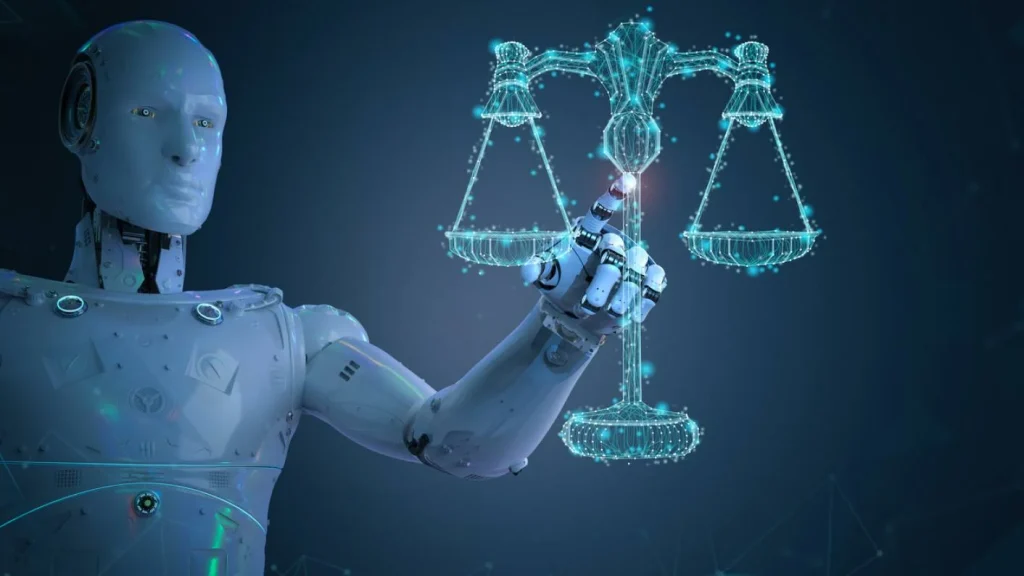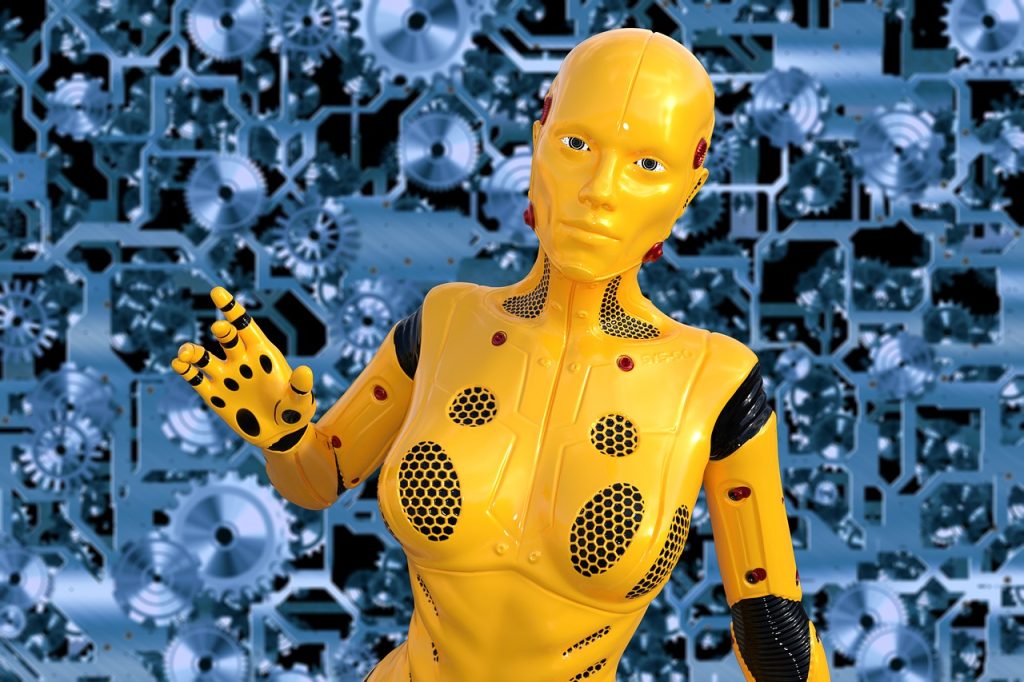Artificial Intelligence (AI) has revolutionized countless industries, and the world of art is no exception. Over the past few years, a new and exciting movement has emerged, known as the AI art movement. This movement is characterized by artists and technologists using AI algorithms and machine learning techniques to create stunning, thought-provoking artworks that challenge traditional notions of creativity and authorship. In this blog post, we will explore the pioneers and innovations that have shaped the AI art movement.
The Pioneers of AI Art

1. Mario Klingemann: The Neural Network Wizard
One of the early pioneers of AI art is Mario Klingemann, a German artist and neural network wizard. Klingemann gained recognition for his innovative use of deep learning algorithms to generate mesmerizing, abstract artworks. His experiments with neural networks have pushed the boundaries of what is possible in the realm of AI-generated art. Klingemann’s work blurs the line between human and machine creativity, sparking intriguing conversations about the role of the artist in the age of AI.
2. Robbie Barrat: The Teenage Prodigy
Robbie Barrat, a teenage prodigy from West Virginia, made headlines when he started using AI to create art at the age of 17. His early experiments with generative adversarial networks (GANs) resulted in stunning, surreal images that captivated the art world. Barrat’s work highlights the democratizing potential of AI in art, showing that you don’t need a traditional art education to make a significant impact in the field.
Innovations in AI Art
1. Style Transfer
One of the most prominent innovations in AI art is the technique known as “style transfer.” This method involves using neural networks to apply the artistic style of one image to the content of another. For example, you can take a photograph and apply the style of Vincent van Gogh’s “Starry Night” to create a unique and captivating artwork. Style transfer has opened up new avenues for creativity, allowing artists to experiment with different styles and interpretations in their work.
2. GAN Art (150 words)
Generative adversarial networks (GANs) have been a game-changer in the world of AI art. GANs consist of two neural networks, a generator, and a discriminator, that compete with each other to create increasingly realistic images. This technology has been used to generate everything from realistic portraits to surreal dreamscapes. GAN art challenges our perceptions of reality and imagination, blurring the lines between what is real and what is artificial.
3. Interactive AI Art
AI art is not limited to static images; it can also be interactive. Innovators have created installations and experiences that allow viewers to engage with AI-generated art in real-time. These interactive artworks respond to the viewer’s movements, emotions, or input, creating a dynamic and immersive experience. This fusion of AI and interactivity has the potential to reshape how we experience and interact with art in galleries and museums.
The Future of AI Art

As the AI art movement continues to evolve, it raises questions about the nature of creativity, authorship, and the role of technology in art. Some view AI as a tool that enhances human creativity, while others see it as a potential threat to traditional artistic practices. The debate surrounding AI art is sure to intensify as technology advances and more artists experiment with AI-driven techniques. In conclusion, the AI art movement is a testament to human ingenuity and the potential of technology to reshape creative fields. Pioneers like Mario Klingemann and Robbie Barrat, along with innovations in style transfer, GAN art, and interactive experiences, have propelled AI art into the spotlight. As we look to the future, the boundaries of what is possible in AI art will continue to expand, challenging our perceptions and inspiring new forms of artistic expression.

